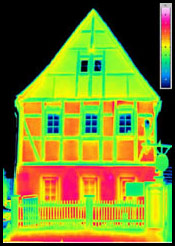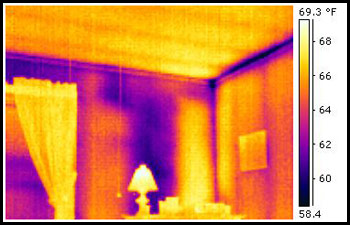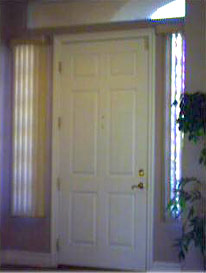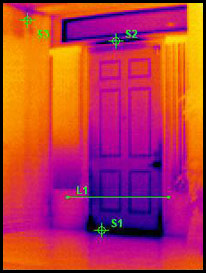
APPLICATIONS The use of infra-red technology can be employed in a variety of applications across a wide range of different industries.
|
Our goal is to locate and visualize areas of heat loss Locate and visualize damp, hidden moisture Identify poorly fitted insulation Identify cold bridging. Identifying and resolving the above will improve comfort levels, save energy costs, building deterioration and health risks with regard to damp. Thermal imaging is an extremely effective technique for immediately detecting, visualizing and recording temperature differences, heat loss and anomalies. The applications are numerous and varied. Moisture is an efficient conductor of heat energy and wet insulation is in fact worse than no insulation. Heat loss from buildings can be caused by a combination of drafts from poorly fitting windows and doors and or insulation integrity. Thermography can display surface temperature variations that provide information in the underlying structure. Residential and
commerical Energy Audits
ADDITIONAL INFORMATION:
|
![]()
INFRARED CERTIFIED
Level II Certified Thermographer
CEM® Certified Energy Manager

AHIT CERTIFIED
Master Building Inspector



